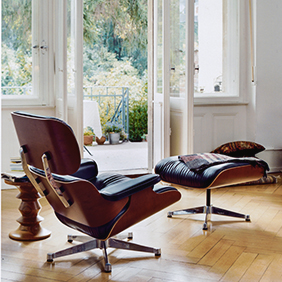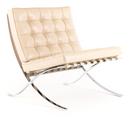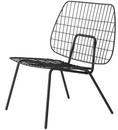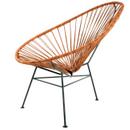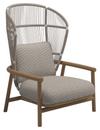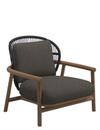Lounge Chairs
The Lounge Chair - Design of the times
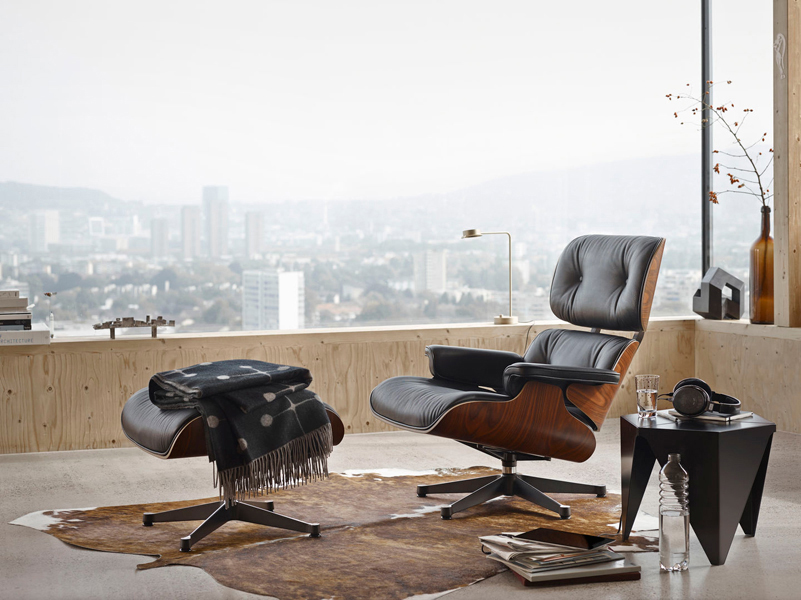
Vitra Lounge Chair
Lounge chairs are often associated with the casualness and light-heartedness of the 1960s; not least because it was during the 1950s and 1960s that the concept established itself. Among the reasons for this one find the then fluid boundary between private and public space, the increasing influence of the youth and pop culture on the partially retracted conventions of the frozen society, as well as the casual and less formal attitude, in the professional and public space reflected. Thus lounge chairs, which usually have a low base and, because of their leaning construction, favour the comfortable sitting instead of an upright, rigid posture, symbolize the new spirit of that society. The lounge chair was however not developed for just one mission, which has allowed it to establish itself both in private and public areas such as waiting rooms and offices. A classic example, as well as the embodiment of all Scandinavian design and the character of the prototypical lounge chair is the Carl Hansen & Søn CH07 Shell Chair by Hans J. Wegner - organic, elegant and functional, also made of high-quality walnut or oak veneer. Probably the most famous lounge chair, one which stands out for its pompous appearance and also enjoys an iconic reputation, is the Vitra Lounge Chair by Charles & Ray Eames. Among the newer lounge chairs, the Cuba Chair by the designer Morten Gottler for Carl Hansen & Søn is a popular representative. A popular varied alternative to the lounge chair is offered by bean bags; by no means only at home in children's and youth rooms, but offer, as with the bean bags by Sackit, the highest level of comfort and first-class design for a wide variety of areas.


